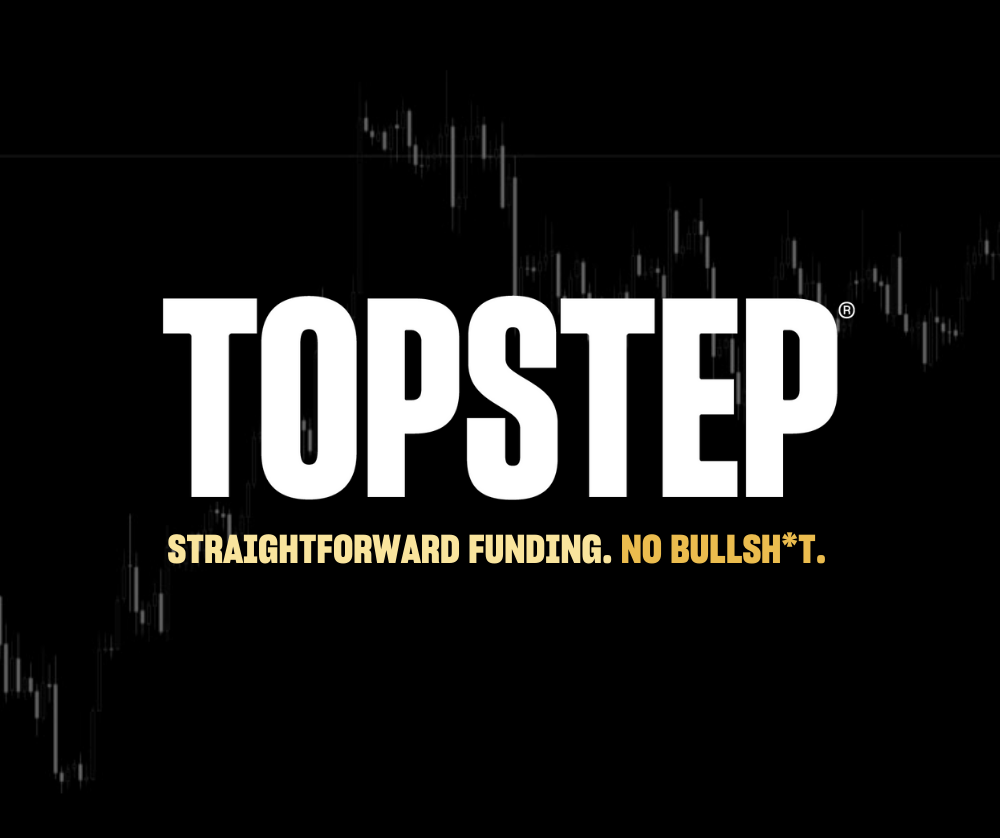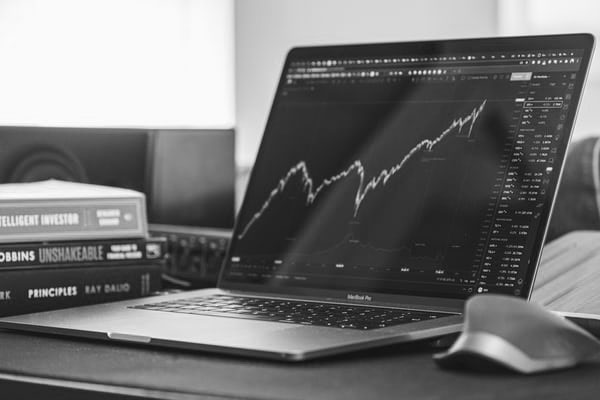Traders must consider volatility when trading a market; including the volatility markets.
Volatility trading is the term used to describe trading the velocity of movement in price of an underlying instrument rather than the direction of price. For example, you could trade the value of an equity index, but volatility trading typically means trading the expected velocity of movement.
Realized Volatility
There are a few ways in which to determine realized, market or actual volatility. The RealVol daily formula adopted by The Volatility Exchange uses a traditional standard deviation calculation, assuming a mean of zero for the return of the underlying asset. For example, the daily return of an average stock, or stock index, is slightly lower than one-twentieth of 1% (0.05%), so using a mean of zero has little effect on the ultimate volatility value obtained by the formula, while it greatly facilitates the calculation.
Implied Volatility
Unlike the case for realized volatility, there is no definitive equation for implied volatility. Typically implied volatility is calculated by taking the price of an option (usually the mid-price) and entering it into a pricing model, such as Black-Scholes. Implied volatility is less a calculation and more the result of observations of option volatility, or a volatility index, such as the Cboe Global Markets Volatility Index (VIX). VIX is designed to be an up-to-the-minute market estimate of expected volatility of the S&P 500 Index and is calculated using the midpoint of S&P 500 Index option bid/ask quotes.
So, what is implied volatility? It’s the volatility that one would have to input into the options pricing model in order to arrive at the current option price. It is an observable phenomenon that, for the most part, the implied volatility surface for a wide range of options on a specific underlying asset averages to a value that is somewhat higher than the typical volatility that the asset eventually displays (the realized volatility). If that sounds confusing, it is.
One explanation for this implied volatility/realized volatility premium or gap is that sellers of naked options bear an open-ended, unlimited risk and, therefore, command from the buyers, whose risk is predetermined and limited, some form of extra compensation. Simply, there is a premium cost to having defined risk.
“Implied volatility represents the value of volatility of the underlying asset that is factored into the current pricing of an option; and realized volatility represents actual volatility that occurred historically,” says Russell Rhoads, CFA, director of product advancement for global derivatives at Cboe.
The most common way to trade volatility is via options. The value of an option is affected by several factors known as the Greeks, but an essential determinant of its value is the expected future volatility of the underlying instrument. Other things being equal, options struck on an equity index with higher expected volatility will be more valuable than options struck on an index expected to be less volatile. Options, therefore, are a simple way to gain exposure to the volatility of the underlying. It is possible to create a position that will not be affected by price, but gain or lose in value based on changes in volatility.
 The value of an option can be attributed to several components. By stripping these away, traders can imply an annualized volatility level that the option’s tick value equates to. This is known as the implied volatility. So an equity index may be trading at a certain price and it may have exhibited a certain realized level of volatility during the previous 12 months. Traders can compare this realized level of volatility with the current implied level as seen in the option market. However, there is a crucial difference; the implied volatility level refers to the annualized volatility that is expected over the life of the option. In other words, it is forward-looking and reflects traders’ current best estimate of what future realized volatility will be.
The value of an option can be attributed to several components. By stripping these away, traders can imply an annualized volatility level that the option’s tick value equates to. This is known as the implied volatility. So an equity index may be trading at a certain price and it may have exhibited a certain realized level of volatility during the previous 12 months. Traders can compare this realized level of volatility with the current implied level as seen in the option market. However, there is a crucial difference; the implied volatility level refers to the annualized volatility that is expected over the life of the option. In other words, it is forward-looking and reflects traders’ current best estimate of what future realized volatility will be.
A popular way to gauge volatility is by watching the VIX, which is intended to provide a 30-day measure of the expected volatility of the S&P 500. The VIX is constructed using the implied volatilities of a wide-range of S&P 500 options. This volatility is meant to be forward-looking, is calculated from both calls and puts, and is a widely used measure of market risk, often referred to as the investor fear gauge.
Cboe also calculates other volatility indexes using the VIX Index methodology, including the Cboe Nasdaq 100 Volatility Index (VXN), the Cboe DJIA Volatility Index (VXD) and the Cboe Russell 2000 Volatility Index (RVX).
Cboe currently publishes data on more than three-dozen volatility-related benchmarks and strategies, including indexes that track broad-based indexes, sector and commodity-related ETFs, individual equities and others. The VIX Index methodology is also applied to foreign equity indexes across North America, Asia and Europe.
First disseminated 25 years ago in 1993, the VIX was originally a weighted measure of the implied volatility of eight S&P 100 Index (OEX) at-the-money put and call options. It evolved to use options based on a broader index, the S&P 500, which is intended to allow for a more accurate view of investors’ expectations on future market volatility.
Typically, VIX values of greater than 30 are generally associated with a heightened amount of volatility reflecting market uncertainty, while values below 20 generally correspond to less stressful times in the markets (see “Life of VIX,” left).
Cboe offers VIX futures and options. Additionally, there are 24 other volatility exchange-traded products (ETPs) based on the VIX.
The VIX intends to reflect the current estimate of expected volatility and typically closes at a price that is higher than the subsequent 30-calendar-day (21-trading-day) realized volatility. Since 1990, the average spread between the VIX and the realized volatility of the S&P 500 Index was positive with one exception—2008. “Following the volatility” (below) tracks this spread.
Movements of the VIX tend to depend on market reactions. For example, on June 13, 2016, the VIX surged by more than 23%, closing at a high of 20.97, which at the time represented its highest level in more than three months. The spike in the VIX came about during a global sell-off of U.S. equities. This suggests that global investors saw uncertainty in the market and decided to take gains or realize losses, correlating to a higher aggregate equity supply and lower demand, increasing market volatility.
 Valuing VIX
Valuing VIX
Unlike equity indexes such as the Dow Jones Industrial Average or the S&P 500, VIX is not calculated using stock prices. Instead, the VIX is based on options prices; specifically, the prices of options on the S&P 500 Index (SPX).
One component in the price of SPX options is an estimate of how volatile the S&P 500 will be between now and the option’s expiration date. This estimate is not directly stated, but is implied by how much buyers are willing to pay for a given option. If the market has been gyrating like mad, option premiums tend to be high, whereas in a quiet market premiums tend to be less expensive.
There are various ways of extracting the volatility information from options prices. One standard way is via the Black Scholes model, but those equations assume that volatility will be the same for all available options — something that is definitely not the case and they also underestimate the risk of a market crash.
The VIX methodology uses the prices of many different SPX options’ series to come up with a measure of expected volatility. The VIX is an estimate of volatility over the next 30 days. Stock market volatility is typically reported in terms of annualized volatility.
Volatility tends to not move linearly with time, so the annualized number is not 12 times the 30-day estimate but rather about 3.5 times the monthly number. For example, if the intermediate VIX calculation computes the expected 30-day volatility to be at +/- 4.3%, the reported VIX will be 15%.
What Does VIX Track?
In general, option premiums move inversely to the market. In a rising market, stock prices tend to be less volatile and option premiums low—hence a lower VIX. Declining markets are volatile—just remember the old saying is that the market takes the stairs up and the elevator down—and option premiums increase. Much of this increase tends to occur when worried investors pay a large premium on puts to protect their positions.
While S&P 500 option premiums generally move opposite to the S&P 500 itself, they sometimes go their own way. For example, if the market has been on a long bull run without a pullback, institutional investors may become increasingly concerned that a correction is overdue and start bidding up the price of puts, which may lead to a spike in VIX values at the same time the S&P 500 is increasing. The VIX has historically moved in the same direction as the S&P 500 about 20% of the time, and this sometimes causes traders to suggest that the VIX is broken because they observe the two markets moving in tandem. Others view it as an anomaly when the VIX fails to register upside increases in volatility.
The daily percentage moves of the VIX tend to be around four times the percentage moves of the S&P 500, but unlike the stock market, the VIX typically moves within a fairly limited range.
Another way to look at the moves of the VIX is to recognize that it is typically a few percentage points higher than the recent historical volatility of the S&P 500. Some traders assume that the future volatility of the market will be similar to recent volatility, but this relationship doesn’t always hold (see “Vol spike,” below). Option market makers will typically price in a premium to justify the risk they assume in buying/selling options in the face of this uncertainty, and this premium is typically reflected in a VIX value greater than historical volatility.
Overall, the VIX does a good job of reflecting the current emotional state of the overall market, such as fear or optimism, but that doesn’t mean the SPX options market is any better at forecasting the future than any other market or index, according to Vance Harwood, president at Six Figure Investing. Traders don’t take the value of the Dow as a predictor of the future, so why should the value of the VIX be any different, he asks in an article on volatility for Sixfigureinvesting.com.
“There are possible ways that a new trader can learn to understand the VIX Index,” Rhoads says. “One is by watching the price of the VIX relative to price changes in the S&P 500. Getting a feel for how the VIX tends to behave in response to S&P 500 price changes, or when there are potential market-moving events, such as major economic numbers, is a good first step in understanding the VIX Index.”
When VIX was created it was as a benchmark for implied volatility. Innovative traders have created numerous uses for it. But for most traders, it is best used as a way to hedge equity volatility.






